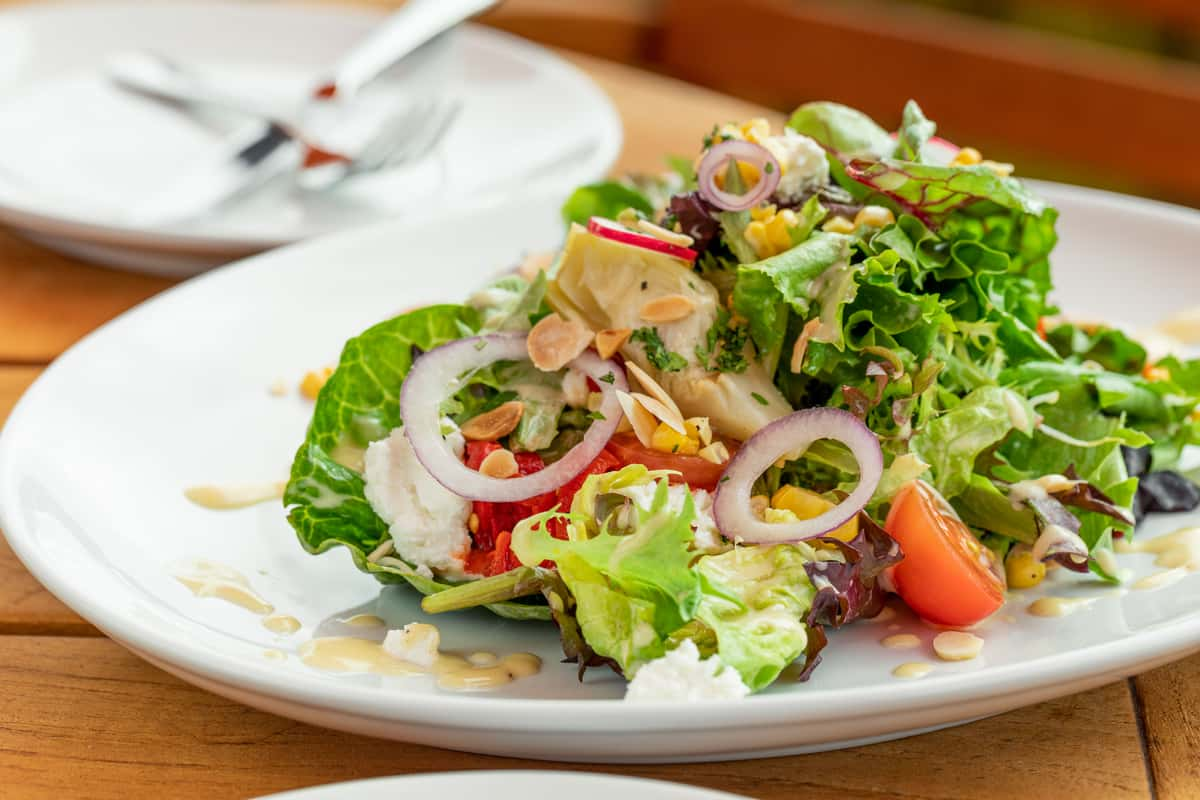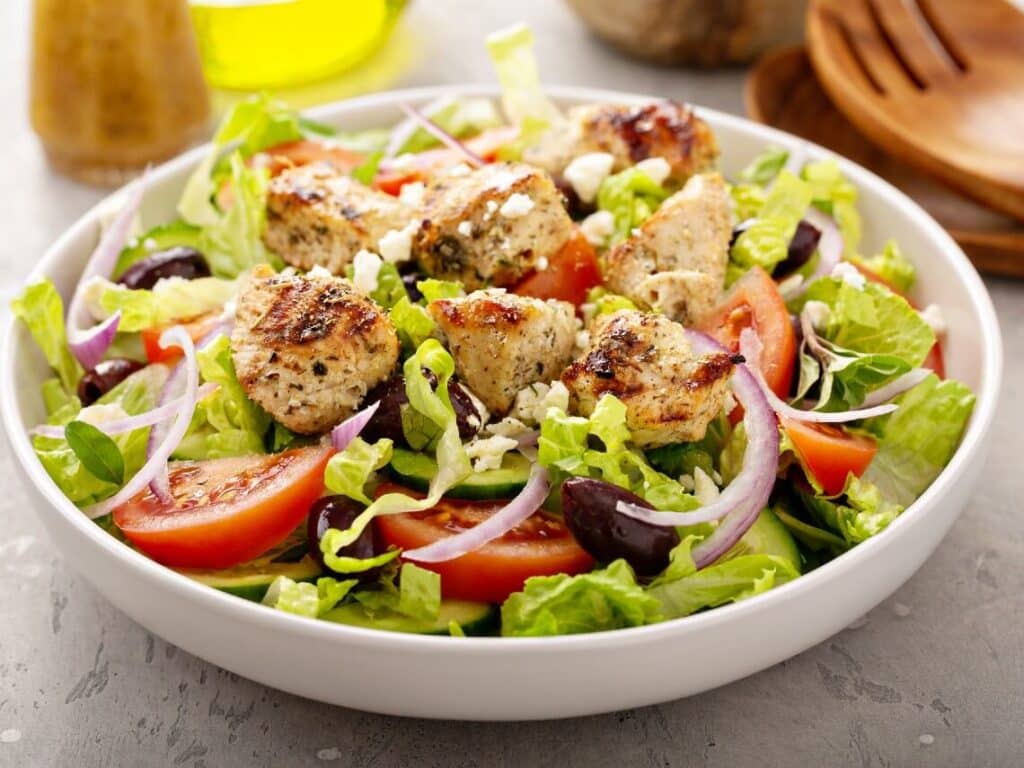Salads have come a long way from being mere side dishes. In recent years, they have evolved into hearty and satisfying meals, offering a perfect balance of nutrition and flavor in every bite. As more people embrace healthier eating habits, salads have become a versatile canvas for creative and nutritious culinary exploration.
The Evolution of Salad as a Meal
Gone are the days when salads were associated with a pile of uninspiring lettuce and a few cherry tomatoes. Modern salads are now culinary masterpieces, incorporating a wide variety of fresh ingredients to create a harmonious blend of flavors, textures, and nutrients. From protein-packed grains to vibrant vegetables and heart-healthy fats, salads today are designed to be both delicious and fulfilling.
Nutrient-Rich Ingredients
One of the key aspects of turning a salad into a satisfying meal is the incorporation of nutrient-rich ingredients. Leafy greens such as kale, spinach, and arugula serve as the foundation, providing essential vitamins and minerals. Adding a variety of colorful vegetables not only enhances visual appeal but also contributes a spectrum of nutrients.
Protein plays a crucial role in transforming a salad into a complete meal. Grilled chicken, salmon, tofu, or chickpeas can be excellent sources of protein, keeping you full and satisfied for an extended period. Incorporating whole grains like quinoa or farro not only adds texture but also boosts the fiber content, promoting digestive health.
Balancing Macronutrients
Balancing macronutrients is key to creating a salad that serves as a well-rounded meal. Healthy fats, found in avocados, nuts, and olive oil, add richness and flavor while providing essential fatty acids. Carbohydrates from vegetables and whole grains offer a sustainable source of energy, ensuring that your salad is not only delicious but also provides lasting fuel for your day.
Mindful Dressing Choices
While the ingredients in a salad contribute to its nutritional value, the dressing can make or break the meal. Opting for homemade dressings allows you to control the ingredients and avoid excessive added sugars and preservatives. A simple vinaigrette made with olive oil, balsamic vinegar, and a touch of Dijon mustard can elevate the flavors without compromising health.
The Importance of Texture and Variety
A well-constructed salad engages the senses with a variety of textures. Crispy greens, crunchy nuts, creamy avocados, and juicy tomatoes create a delightful eating experience. Experimenting with different textures not only makes the meal more enjoyable but also provides a diverse range of nutrients.
Tips for Crafting the Perfect Salad Meal
- Plan for Balance: Ensure a balance of protein, carbohydrates, and fats to create a satisfying and nutritious meal.
- Colorful Variety: Incorporate a rainbow of vegetables to maximize the nutritional content and visual appeal.
- Homemade Dressings: Experiment with homemade dressings to control the flavor and nutritional profile of your salad.
- Experiment with Proteins: Explore different protein sources like grilled shrimp, lentils, or even a poached egg for added variety.
- Seasonal Ingredients: Embrace seasonal produce for the freshest and most flavorful salads.
In conclusion, the evolution of salads from simple sides to satisfying meals reflects a growing awareness of the importance of nutrition in our diets. By carefully selecting a variety of nutrient-dense ingredients and paying attention to the balance of flavors, anyone can turn a salad into a delicious and nourishing meal.









